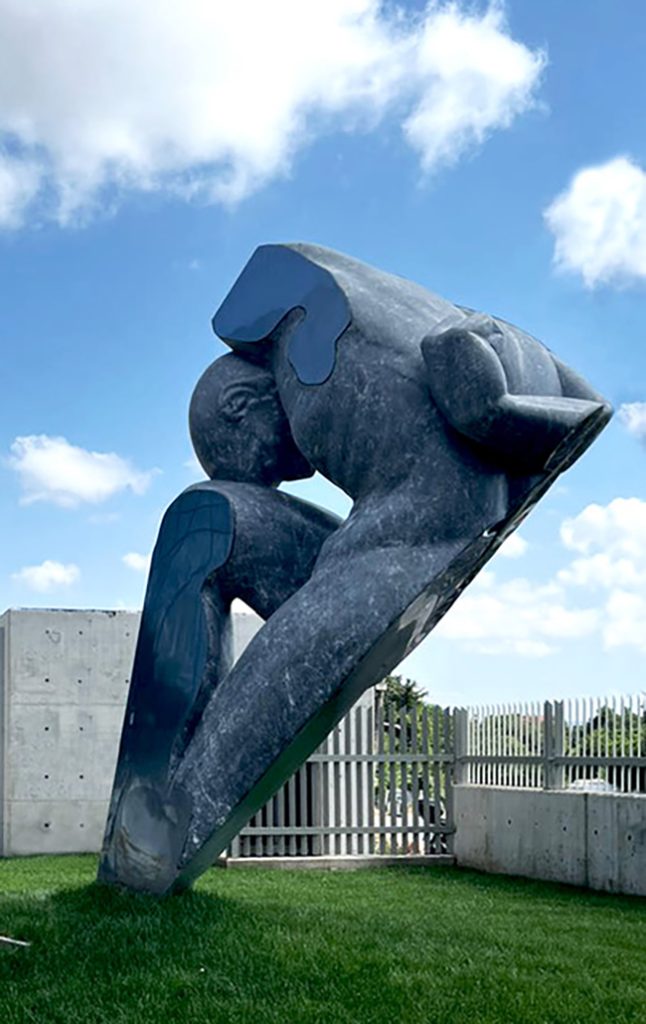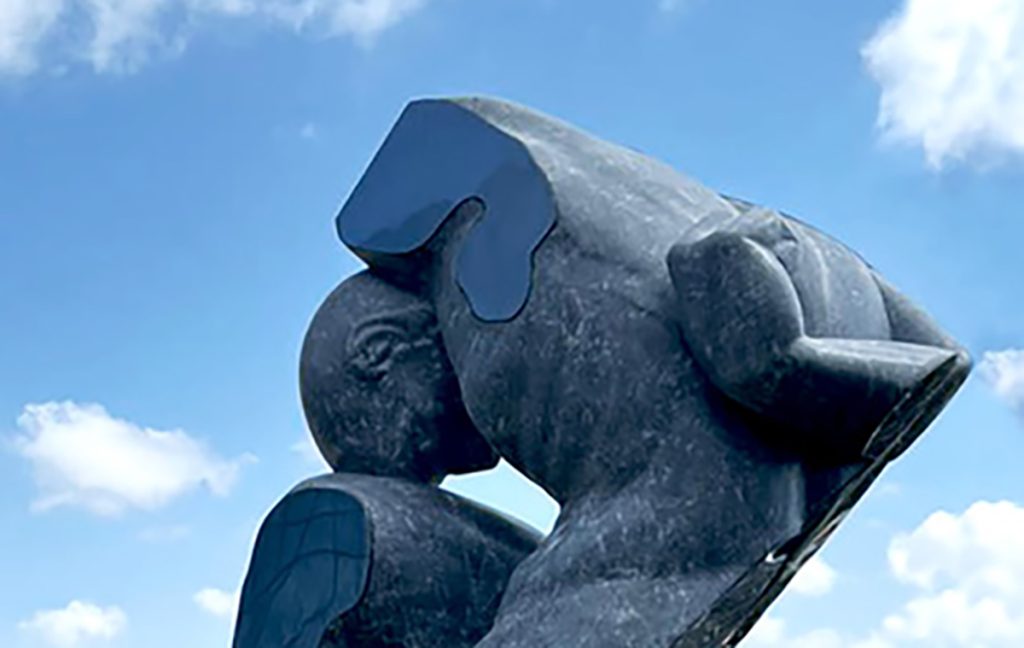Furkan Depeli was born in 1995 in Ankara, Türkiye, and from the beginning his path seemed set toward art. By the time he graduated with honours from Ankara Fine Arts High School in 2013, he had already committed himself fully to painting. But it was sculpture that would become his language. In 2018, he completed the Sculpture Department at Marmara University Faculty of Fine Arts, finishing not only as a top student but as a project winner, a hint of the recognitions that would follow.

A Career That Crosses Borders
Depeli has shown an openness to the world. His works have been seen in exhibitions, symposiums, and projects in Germany, South Korea, Italy, and Saudi Arabia. These experiences are more than simple milestones; they represent his ongoing interest in conversation—between cultures, materials, and ideas.
His list of awards is long for someone so young. He received the 2018 Akbank Contemporary Artists Award, one of Türkiye’s most respected acknowledgments of emerging talent. By 2020, he was claiming first prizes in the ASAŞ Art competition, the Peano Foundation prize, Milliyet Art competitions, and the Zaragoza International Symposium. These aren’t just trophies for a shelf—they are markers of how his ideas resonate across contexts, from Istanbul to Zaragoza.
He continued his formal studies at the Carrara Academy of Fine Arts in Italy, a historic school in the heart of marble country. Carrara is where Michelangelo once walked, where blocks of stone are cut and shipped to sculptors across the globe. For Depeli, to study there until 2021 was to stand in direct contact with that long tradition while shaping his own vision.
Art as Ontology
Depeli has made it clear that his artistic practice is grounded in ontology. That may sound abstract, but what it means is that he is drawn to the question of being—what it is to exist, what time means, how the body encounters the world. His sculptures and projects take these questions out of the realm of philosophy books and place them in form, light, and material.
The Istanbul Architects’ Association Workshop and the Aura Istanbul Architecture and Urbanism Academy offered him further avenues to connect philosophy with space, structure, and the built environment. These experiences show how he refuses to stay confined in the traditional borders of sculpture. He is just as interested in how art inhabits a city, a room, or a moment in time.
Act of Kairos
Among his works, Act of Kairos stands out as a distilled expression of his philosophy. “Kairos” is not just any moment—it is the opportune one, the flash where something is realized. It exists independently of the past and the future. In Depeli’s words, the body’s pull toward the light, reflected by a pyramid’s luminous surfaces, becomes a symbol of a pure state of existence.
He compares it to the instant at the tip of Artemis’s arrow, where time is not measured in clocks or calendars but in the singular experience of that which is happening. Here, time is indivisible. It is not something to be cut into hours but something to be encountered fully.
The work reveals his concern not just with objects but with moments. Sculpture becomes a medium not only of mass and form but of temporal experience. The luminous pyramid, the body’s movement, the suspension of time—all of it speaks to his search for a language of being.
A Sculptor of Questions
What sets Depeli apart is that he is not content with producing objects that simply fill space. Each piece asks questions. What does it mean to stand before a structure of light? How does the body respond to form when it is tied to time itself? His practice is as much about these questions as it is about the final work.
By situating his sculptures within the realm of ontology, Depeli joins a long tradition of artists who see art not just as craft but as inquiry. Yet his way of framing it is personal and contemporary. His career so far shows that these ideas can find recognition not only in Türkiye but in global contexts.
Looking Ahead
At only thirty years old, Furkan Depeli has already built a record of achievement that most artists would take decades to reach. Yet what seems most compelling is not the list of prizes or institutions, but the thread running through his practice. From Ankara to Carrara, from Istanbul workshops to international symposiums, he pursues the same question: what is being, and how can art reveal it?
His work points toward a future where sculpture is not just an object in a gallery but a way of exploring time, existence, and the luminous moments that define us. Act of Kairos is not the end of a path, but a signpost along a journey that continues to unfold.
In the end, Depeli’s art invites us to pause. To feel the weight of a moment. To experience time not as something passing but as something present, indivisible, and alive.

